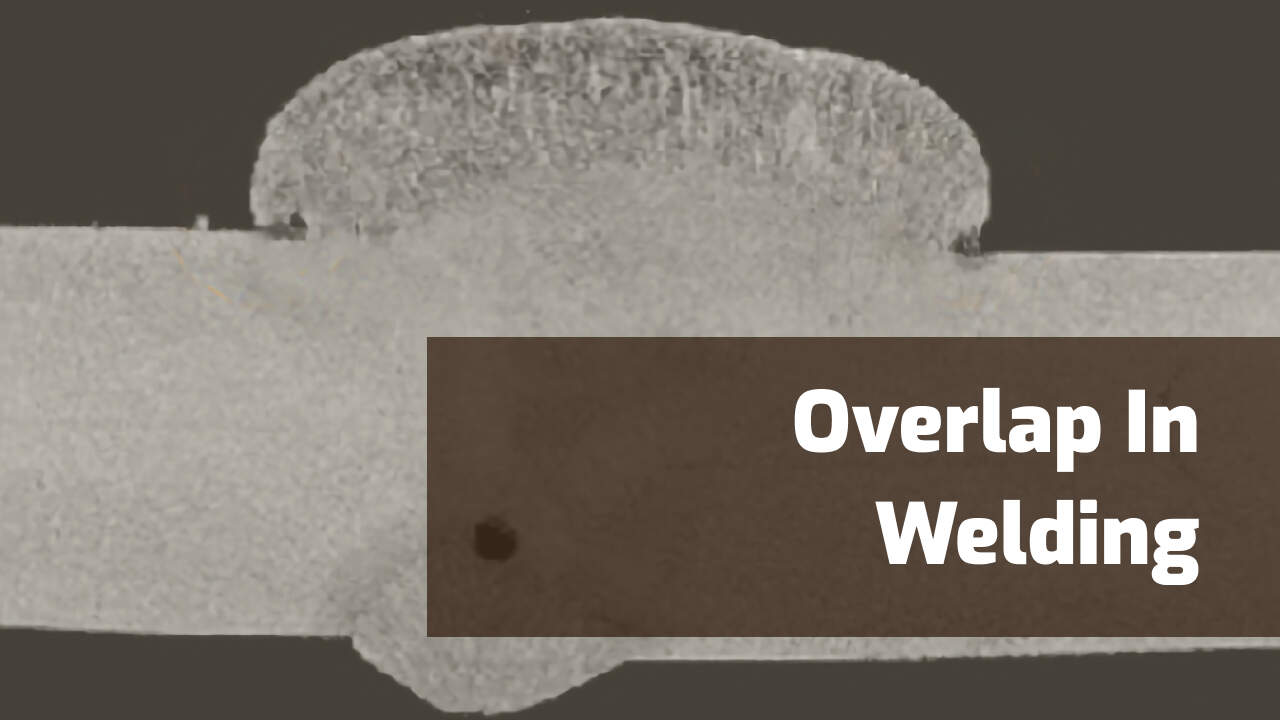Complete Guide to Preventing Weld Undercut: Tips and Techniques
Complete Guide to Preventing Weld Undercut: Tips and Techniques
Blog Article
Grasping the Art of Welding: Exactly How to Stay Clear Of Undercut Welding Issues for Flawless Manufacture Results
Efficiency and precision are critical worldwide of welding, where also the tiniest blemish can endanger the architectural honesty of a made item. One typical obstacle that welders face is damaging, an issue that can lead and damage a weld joint to pricey rework. By recognizing the origin of undercut welding and carrying out efficient methods to stop it, welders can raise their craft to new levels of quality (Preventing weld undercut). In the search of remarkable construction results, mastering the art of welding to avoid undercut concerns is not simply a skill but a need for those pursuing excellence in their work.
Comprehending Undercut Welding
To avoid undercut welding, welders should make certain appropriate welding parameters, such as readjusting the present, voltage, traveling rate, and maintaining the proper electrode angle. Furthermore, using the appropriate welding method for the specific joint setup is crucial. Utilizing weaving movements or backstepping methods can help make sure appropriate weld metal deposition and minimize the chance of undercut formation. Routine inspection of welds during and after the welding procedure is additionally important to capture any kind of undercut early and make needed changes to prevent additional flaws. Preventing weld undercut. By understanding the sources of undercut welding and carrying out safety nets, welders can achieve top notch, structurally audio welds.
Reasons For Undercut in Welding
Recognizing the factors that add to damage in welding is essential for welders to create high-quality, structurally sound welds. Poor welding wrong or current welding speed can additionally add to undercut. Comprehending these reasons and applying proper welding methods can assist protect against undercutting problems, making sure solid and durable welds.
Strategies to stop Undercutting

To mitigate the risk of damaging in welding, welders can use critical welding methods aimed at improving the quality and integrity of the weld joints. Additionally, making use of the proper welding strategy for the certain joint setup, such as weave or stringer beads, can add to minimizing undercutting.
Using back-step welding techniques and managing the weld bead profile can additionally help disperse heat equally and reduce the threat of undercut. Regular assessment of the weld joint throughout and after welding, as well as executing top quality assurance measures, can help in addressing and discovering damaging issues without delay.
Value of Proper Welding Specifications
Picking and maintaining suitable welding specifications is essential for attaining successful welds with very little flaws. Welding criteria describe variables such as voltage, current, travel speed, electrode angle, and shielding gas flow rate that straight affect the welding procedure. These criteria have to be pop over to this site carefully adjusted based on the type of material being welded, its thickness, and the welding technique utilized.
Appropriate welding specifications make sure the ideal quantity of warm is related to melt the base metals and filler material uniformly. If the parameters are set too high, it can lead to excessive heat input, causing spatter, distortion, or burn-through. On the various other hand, if the specifications are too reduced, insufficient combination, lack of penetration, or damaging might happen.
High Quality Assurance in Welding Operations

Conclusion
In verdict, grasping the art of welding requires a comprehensive understanding of undercut welding, its reasons, and methods to avoid it. By making certain appropriate welding specifications and implementing top quality assurance techniques, perfect fabrication outcomes can be achieved. It is crucial for welders to constantly pursue quality in their welding operations to prevent undercut issues and produce premium welds.
Undercut welding, a common problem in welding processes, happens when the weld metal does not correctly load the groove and leaves a groove or depression along the bonded joint.To prevent undercut welding, welders must ensure appropriate welding parameters, such as changing the existing, voltage, travel speed, and keeping the appropriate electrode angle. Poor welding wrong or current welding speed can likewise add to undercut.To alleviate the threat of undercutting in welding, welders can employ calculated welding strategies aimed at improving the top quality and honesty of the weld joints.In conclusion, grasping the art of welding calls for a thorough understanding of undercut welding, its causes, and methods to stop it.
Report this page